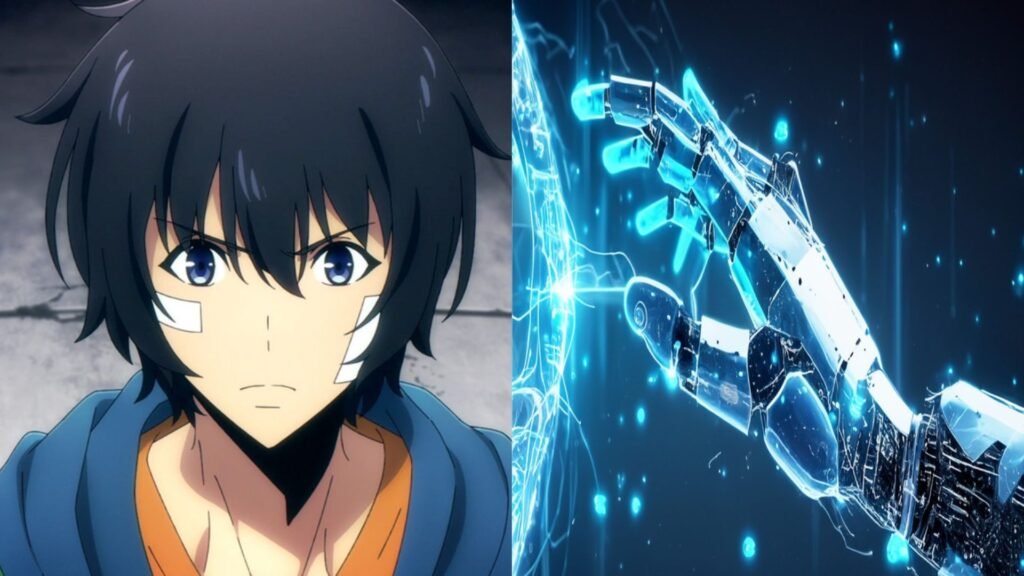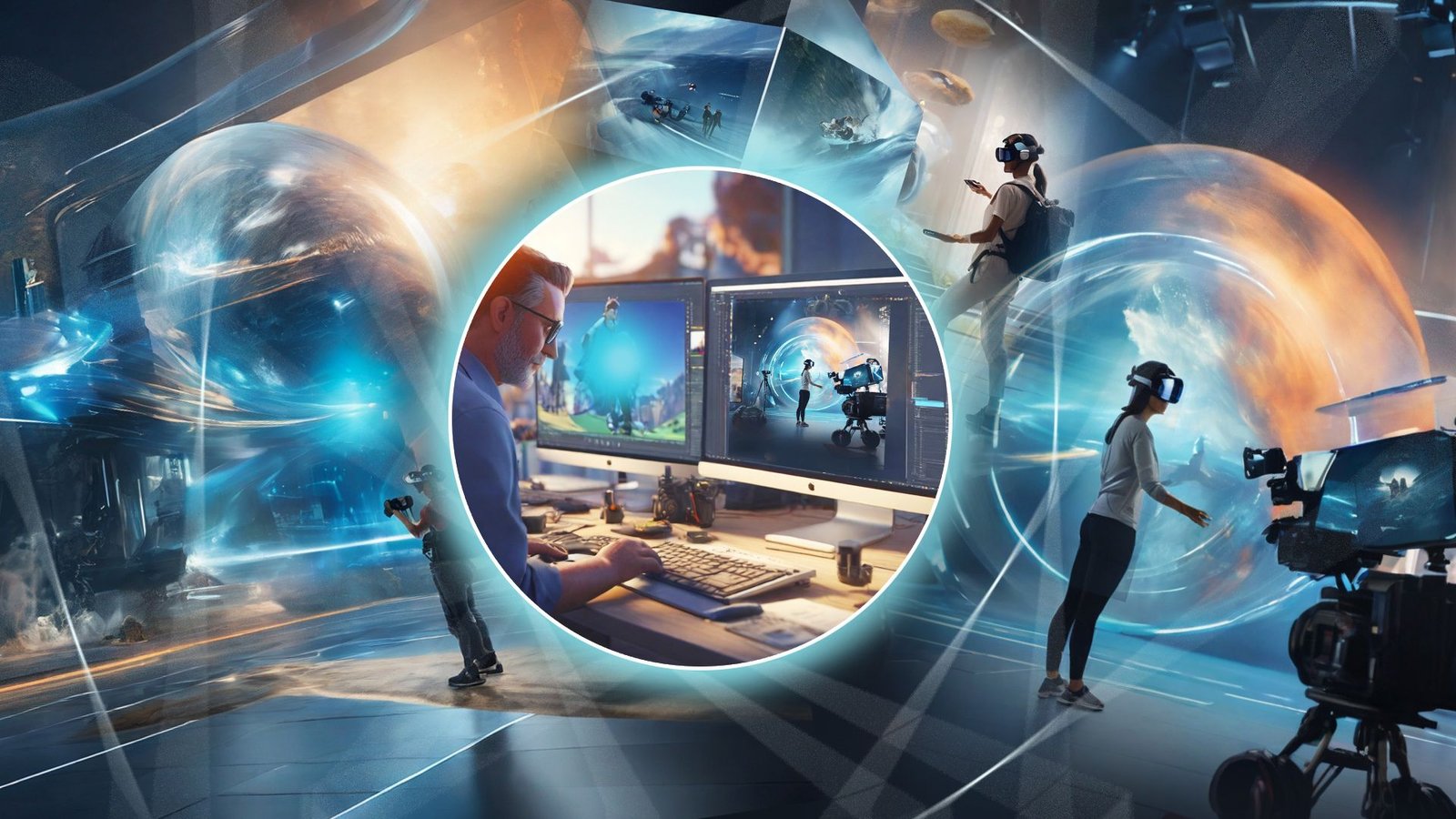The Future of Japanese Animation: Trends and Predictions
Japanese animation, or anime, continues to evolve, reflecting changes in technology, audience preferences, and global dynamics. As the industry looks to the future, several key trends and predictions are emerging that will shape the next wave of anime. Here’s an overview of what to expect in the evolving world of Japanese animation.

Embracing Advanced Technology
Technological Innovation
The integration of advanced technology is set to redefine Japanese animation. The use of CGI (Computer-Generated Imagery) and 3D animation is becoming more prevalent, allowing for visually stunning and intricate designs. While traditional 2D animation remains beloved, the blending of 2D and 3D techniques offers new possibilities for storytelling and visual effects. Virtual Reality (VR) and Augmented Reality (AR) are also on the horizon, providing immersive experiences that could transform how audiences interact with anime.
AI and Animation Production
Artificial Intelligence (AI) is poised to play a significant role in streamlining animation production processes. AI can assist in tasks such as in-betweening (creating intermediate frames between key frames) and background generation, potentially reducing production time and costs. However, this raises questions about the balance between human creativity and machine efficiency.
Globalization and Cross-Cultural Influences
International Collaborations
Japanese animation is increasingly influenced by global trends and collaborations. International co-productions and partnerships with Western studios are becoming more common, leading to a fusion of storytelling styles and artistic approaches. This globalization enriches anime with diverse perspectives and broadens its appeal to a worldwide audience.
Cultural Exchange
As anime continues to gain popularity outside Japan, it will likely incorporate more elements from other cultures. This cultural exchange can lead to innovative storytelling and new genres, reflecting the growing interconnectedness of global media.
Evolution of Storytelling and Themes
Diverse Genres and Narratives
The future of anime will likely see an expansion in genres and narratives, catering to a wider range of audiences. While traditional genres such as shonen (young boys) and shojo (young girls) will persist, there is a growing demand for more niche genres and mature themes. Anime that explores complex social issues, psychological depth, and non-traditional narratives will continue to gain traction.
Interactive Storytelling
Interactive and transmedia storytelling, where anime narratives extend into other media forms like video games, web series, and mobile apps, is expected to rise. This approach offers audiences a more immersive experience and deeper engagement with the story.
Increasing Focus on Representation and Diversity
Inclusive Representation
There is a growing emphasis on diverse and inclusive representation in anime. Future productions are likely to feature a broader range of characters, including those from different ethnicities, gender identities, and sexual orientations. This shift reflects a broader societal movement towards inclusivity and aims to better represent the diverse experiences of viewers.
Female Creators and Voices
The role of female creators in the anime industry is also expanding. More female directors, writers, and animators are contributing to the industry, bringing fresh perspectives and stories. This trend is expected to continue, leading to a richer and more varied array of anime content.
Sustainable Practices in Production
Environmental Considerations
As environmental awareness grows, the anime industry may adopt more sustainable practices in production. This includes reducing waste, using eco-friendly materials, and implementing energy-efficient technologies. By addressing environmental impacts, the industry can contribute to broader sustainability efforts.
Conclusion
The future of Japanese animation is set to be shaped by technological advancements, global influences, evolving storytelling techniques, and a focus on diversity and sustainability. As the industry continues to innovate and adapt, it will likely offer even more captivating and diverse experiences for audiences worldwide. The blending of tradition and modernity will ensure that Japanese animation remains a dynamic and influential art form in the years to come.



